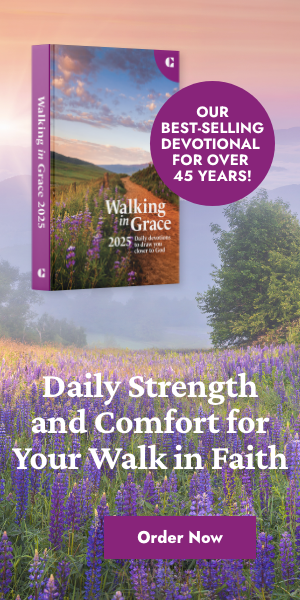One of my favorite funny memes reads, “Never in the history of calming down has anyone calmed down by being told to calm down.” It never fails to crack me up to think about how utterly useless it is to demand calm from an overly excited, upset or stressed person. And yet in ways both subtle and overt, we do ask ourselves and others to calm down on command.
There are, of course, many effective ways to find and maintain calmness. For me, the most helpful way to cultivate a sustainable sense of calm is to consider that it is both a noun and a verb—both a state of being and an action we can choose to take.
As a noun, “calm” is an emotional place, a feeling. You know you are calm when you feel your muscles relaxed, your breathing smooth and even, and your thoughts clear and focused. Often, we can measure our level of calmness by comparing it to times when we are stressed—calm can be considered the absence of tension, racing thoughts, or a distracted mind.
In its verb form, “calm” is an intentional action, something we do to affect change inside ourselves and in the world around us. To calm is to choose a healing action—a deep, cleansing breath, a break from a stressful situation, a physical change to your home, anything that reminds you to slow down and find a bit of quiet inside yourself.
I like to think of the active form of “calm” as the vehicle that brings us to that yearned-for state of “calm.” Calm won’t magically descend from on high into the midst of a busy day or stressful week. We need to choose to practice it, again and again, when it’s convenient and when it feels miles away.
If you cultivate a habit of choosing calm in healthy, sustainable ways, your peaceful day will become easier and easier to access as time goes on. Just remember not to ask too much of yourself—and for goodness’ sake, don’t expect to get far by looking in the mirror and demanding, “Calm down!” As we all know, that has never worked. Never in the whole history of calming down….





